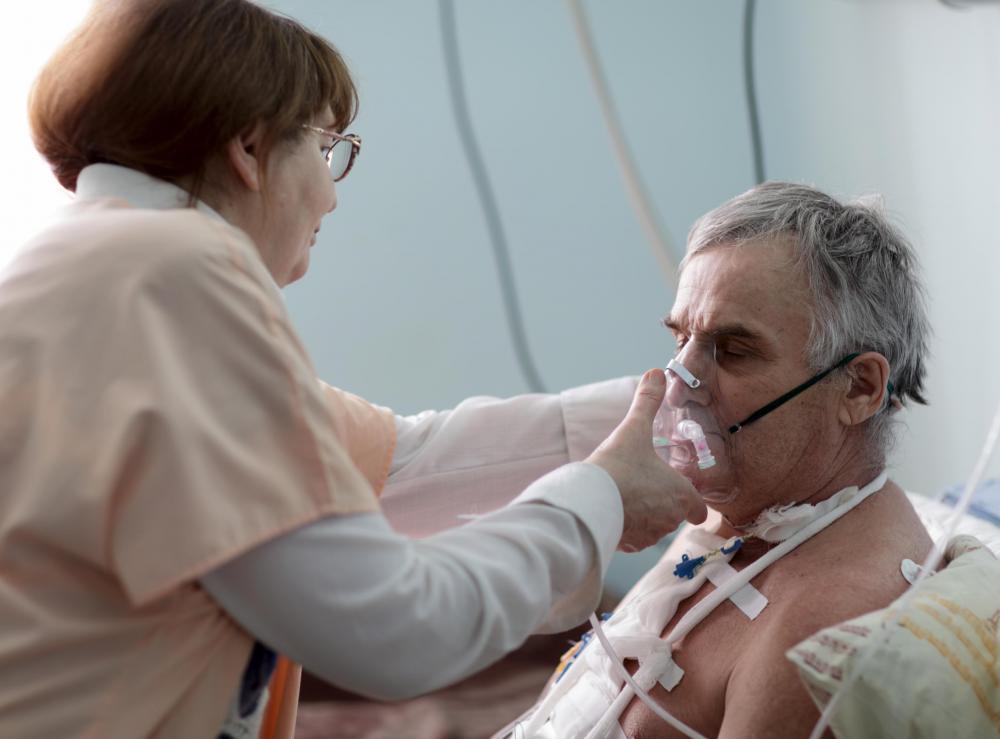At TheHealthBoard, we're committed to delivering accurate, trustworthy information. Our expert-authored content is rigorously fact-checked and sourced from credible authorities. Discover how we uphold the highest standards in providing you with reliable knowledge.
What is a Bioprosthetic Valve?
A bioprosthetic valve is a replacement valve, usually for the heart, made of either human or animal tissue. Sometimes these valves are collected from the person needing a valve replacement and are called an autograft. Alternately cadaver tissue from other humans can be used to create prosthetic valves, and these may be named homografts. Other times the valves of certain animals are used and referred to as xenografts or heterografts. Bioprosthetic valves are usually contrasted to prosthetic mechanical valves, which are not usually made with bio or biological material.
What type of bioprosthetic valve to use and decision on whether to employ a mechanical valve instead, is becoming increasingly open. Many surgeons have a preference based on the specific valve being repaired, or they may base their decision most on a person’s age. In general all bioprosthetic valves do not last as long as mechanical ones. They may require frequent replacement in children, but in contrast, mechanical valves almost always necessitate anticoagulation therapy (warfarin). Mechanical valves are audible too, which some people find irritating.

When the decision is made to replace a valve with a bioprosthetic valve, the next decision must be what kind to use. An autograft may be most ideal, though it’s not always possible to use these for each surgery, and it does mean performing an additional surgery to take a blood vessel from the patient’s body that will function well as a valve somewhere else. Many people don’t opt for this additional surgery.

Another best option is the homograft, which is a healthy valve collected from cadaver tissue. The only challenge with these is that they aren’t always available. Surgeons might next look to a bioprosthetic valve harvested from a cow or pig. Bovine valves appear to last slightly longer, but with autografts, homografts and heterografts, some problems remain.

Bioprosthetic valves are made of biological material, and can possibly include artificial materials like stents, but they don’t grow and they’re not living. For children who need valve replacements, this can mean replacing valves fairly frequently. Many people suggest that a bioprosthetic valve is best used in people who are older and who may not survive the 10-20 year’s life that a valve can give. There is no full consensus on this issue and there are many pediatric cardiothoracic surgeons who prefer using a bioprosthetic valve when they can so they can avoid placing children on warfarin.
In most cases the body doesn’t reject the bioprosthetic valve or mechanical valves. They do not tend to cause the same reaction as occurs when organs are transplanted. Over time biological valves do tend to stiffen and narrow, and as mentioned young children can simply outgrow the valve and require a replacement, necessitating additional surgeries.
AS FEATURED ON:
AS FEATURED ON:













Discuss this Article
Post your comments